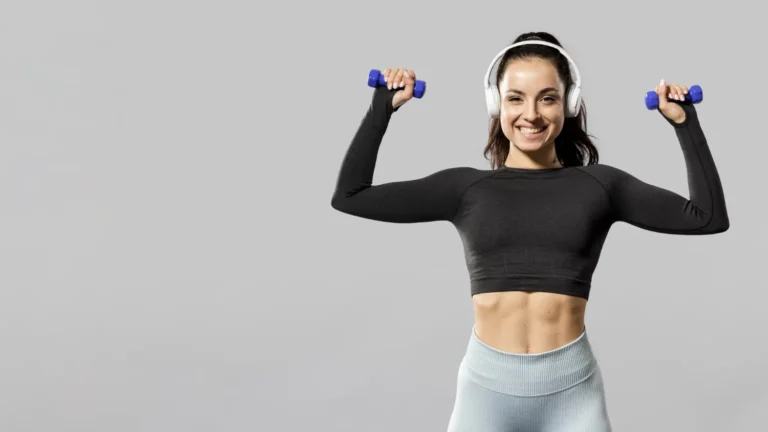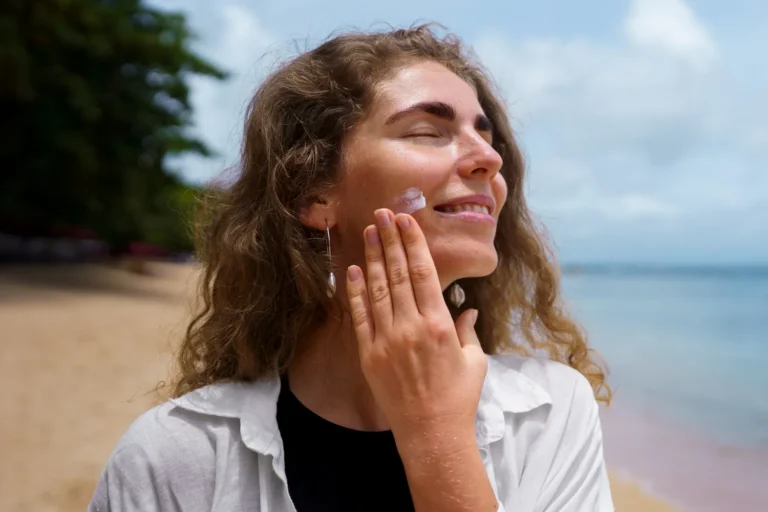Iron is a vital mineral for our bodies, especially for women. It plays a crucial role in transporting oxygen through the bloodstream and supporting overall energy levels. However, iron deficiency is surprisingly common among women, particularly those of reproductive age. If you’re feeling constantly tired or weak, it may be time to take a closer look at your iron levels. Here are five warning signs of iron deficiency that women should never ignore.
1. Constant Fatigue: More Than Just Being Tired
The Truth: Iron is essential for carrying oxygen to your cells, and when you’re low on iron, your body struggles to get the oxygen it needs, leaving you feeling exhausted.
One of the most common signs of iron deficiency is feeling constantly tired, even after a full night’s rest. If you’re getting enough sleep and still feel drained throughout the day, it could be a sign that your body is lacking iron.
I’ve personally felt this exhaustion when my iron levels were low—it’s like no matter how much I rested, I couldn’t shake the fatigue. Once I got my levels checked and added more iron-rich foods to my diet, the energy boost was noticeable.
Tip: If you find that you’re always exhausted, consider discussing an iron test with your doctor.
2. Pale Skin and Brittle Nails
The Truth: Iron deficiency affects the production of hemoglobin, which gives blood its red color. When there’s not enough hemoglobin, your skin may appear paler than usual, and nails can become brittle.
When you’re lacking iron, the reduced amount of oxygen-rich blood can cause your skin to lose its healthy glow. In addition to pale skin, you may notice that your nails become more fragile and prone to cracking or breaking.
I’ve noticed that my nails tend to become more fragile when I’m running low on iron, which made me realize how closely related these two factors are. Eating iron-rich foods like spinach and red meat helped me strengthen my nails over time.
Tip: If your nails are peeling or breaking more than usual, it might be worth checking your iron levels.
3. Shortness of Breath and Dizziness
The Truth: With insufficient iron, your body doesn’t get enough oxygen to the organs and tissues, leading to shortness of breath and dizziness, especially during physical activities.
If you find yourself feeling breathless or dizzy even after doing light exercises or walking up a flight of stairs, this could be a sign of iron deficiency. Women who have heavy periods are particularly susceptible to this due to the amount of blood lost.
I remember experiencing dizziness while exercising, and it turned out to be a direct result of my iron levels being low. After adjusting my diet, I noticed that I was able to complete my workouts without feeling dizzy or out of breath.
Tip: Don’t ignore dizziness during activities—your body may be asking for more iron!
4. Cold Hands and Feet
The Truth: Iron is crucial for maintaining body temperature regulation. When your iron levels are low, it can lead to poor circulation, especially in your extremities, causing your hands and feet to feel unusually cold.
Feeling cold, even in warm environments, is another warning sign of iron deficiency. If your hands and feet are always cold, despite being dressed appropriately, this could indicate that your body is struggling to circulate enough oxygen-rich blood.
I noticed that my feet and hands would feel ice-cold, especially at night. Once I started taking iron supplements and consuming more iron-rich foods, the cold feeling started to subside.
Tip: If you frequently feel cold, especially in your extremities, it might be time to consider your iron intake.
5. Frequent Headaches
The Truth: Low iron can lead to decreased oxygen in the blood, causing your brain to become deprived of oxygen and triggering frequent headaches.
Women with iron deficiency may experience frequent or intense headaches, as the brain is one of the first places to suffer from lack of oxygen. This is particularly noticeable when you have been active or have been in a warm environment.
I once dealt with persistent headaches, and after a blood test, I discovered that my iron levels were low. After starting an iron-rich diet, the headaches gradually decreased.
Tip: If your headaches are frequent and unexplained, a simple blood test could help identify iron deficiency as the cause.
🎯 Final Thoughts: Don’t Ignore the Signs
Iron deficiency may seem like a minor issue, but it can significantly affect your overall health and quality of life. By recognizing the warning signs—fatigue, pale skin, brittle nails, shortness of breath, and frequent headaches—you can take action sooner rather than later.
✔ Get your iron levels checked—a simple blood test can determine if you’re deficient.
✔ Eat iron-rich foods—such as red meat, leafy greens, beans, and fortified cereals.
✔ Consider supplements—but always talk to your doctor before starting any new supplement regimen.
💬 Have you experienced any of these symptoms? How did you manage your iron deficiency? Share your thoughts and tips with us below! ⬇️
This article provides a friendly yet informative guide to recognizing the signs of iron deficiency, with helpful tips for improving health. Let me know if you’d like further adjustments!








